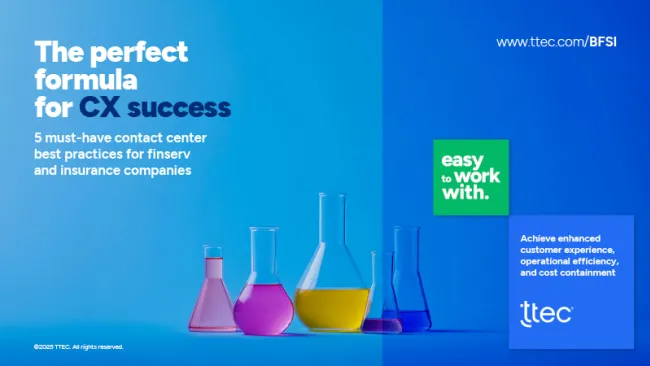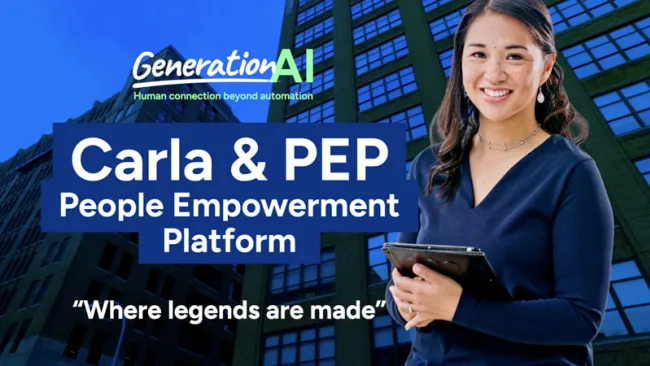Mashreq Bank, established in 1967 as the Bank of Oman Limited, is the second-oldest commercial bank in the UAE. Known as a pioneer in the UAE market for introducing products like ATMs and credit cards, today the bank has a strong presence in retail and corporate banking, operating 53 branches in the UAE as well as in Bahrain, Bangladesh, Egypt, Hong Kong, India, Pakistan, Qatar, the U.K., and the United States. Here, Douglas Beckett, head of retail banking at Mashreq Bank, describes how the economy has altered the landscape over the past two years and how the organization plans to adapt to those changes.
The UAE has changed. To paraphrase President Obama: We need to change with it. Between 2003 and 2008 the UAE experienced a rapidly expanding population, growth in tourism, trade, and logistics, and increased investments in commercial and residential real estate. It was a target-rich environment for retail banking. As a result, most of the banks had a progressive product-push business model. The game in town was to acquire your fair share of ex-patriot arrivals with the goal of just opening an account with them, or even selling a credit card or loan.
I worked in retail banking in a number of different countries and I've never before seen such a bias toward a major product push and direct sales-driven retail banking model. The average period that ex-patriots stay here is five years and they comprise 90 percent of our population. When we onboard any customer we must try to sell him four or five products with the goal of maximizing his lifecycle and interactions. But that's difficult to do when we're selling a product line and not focused on understanding any customers' needs. It's very inefficient and it's too expensive.
There also was little interest in cross-selling customers or retaining them because there was always another target to acquire and sell our products to. As a result, the banks grew quickly and life was good because profits rose quickly.
Navigating a post-crisis world
In Q4 2008 the world changed and we were faced with a different banking environment. Throughout 2009 and up to 2010 we had a banking environment with an economy going into reverse. Suddenly we had a shrinking population and low interest rates and thus low returns in our liability business and a high level of risk in our asset product book, as many expats in our transient population "skipped." Our earlier excitement to sell to any new customer was manifesting itself in higher delinquency levels and unacceptable levels of risk charge-off.
The environment is tough, so we've been trying to come to terms with that new landscape and have been reflecting over the past three to four months on what it's going to take in this new post-crisis world for Mashreq to continue to be successful. It was clear that we needed to do something very different than we did before.
In my view, we're at a unique tipping point in our history as a bank. The challenge we faced was, "How do we turn around our historical business model so that the things we do in the future will help us be successful?" We decided to take on a challenge to organize ourselves much more effectively around the needs of the customer segments with a clear focus to become more intimate with customers, to develop existing customers much more effectively, and to retain profitable customers rather than blindly chase new ones as the most important priorities.
To do that, we need to completely rewrite the rules of the game. We need to develop much more focused value propositions, and we need to significantly improve the customer experience.
As a result, in December 2010 we set out on a three-year transformational journey. We hope that by taking this courageous approach and by reorganizing ahead of our competitors, we'll come out of this faster and with a differentiated customer experience, which will enable us to build market share.
The initial steps
The first thing we have to do in the transformation is to understand our customers better than we do today. That involves a lot of detailed and needs-based research on what our customers are looking for. Customers, who, before the downturn were happy to have six credit cards and multiple investments in real estate, now are tightening their belts and cutting up their credit cards because there are still continued whispers of unemployment.
We have to understand how customers' needs have changed by refreshing our primary research and conducting fresh analysis of customer transactional behavior. Then we revisit the segmentations we have in place based on what we learn. Then we have to decide how to better organize against segmented opportunities.
Clearly, we need to restructure the way we interact with customers. I envision that the outcome will be a mix of segment managers responsible for developing propositions for key structural segments with less emphasis on pure product management. Examples may include priority individuals, SME, mass market, low income, non-resident, Indians, women, students, and so on.
Second, we have to rewire our employees on how they interact with customers to ensure that our branches, call centers, as well as online, are all giving customers a consistent experience. For me, that's an enormous opportunity to step ahead in terms of the value we provide.
Unless the interactions with our customers in the future are different from the interactions we have today all these steps in the transformation will be meaningless. Consequently, a big part of the transformation will include a focus on reengineering our processes and the enablement and retooling of our workforces—a big change management program. We will need to look at all of our go-to-market models, end to end, and from the customers' perspective to make sure we focus our technology investment, process reengineering capacity, and our training investment much more effectively. That involves a huge leadership responsibility for all our top people across the company, but it's a terrific opportunity to transform the way our company operates and hopefully the overall customer experience that we deliver.
Making a difference in the future
Finally, our transformational journey will be underpinned by an investment we started two years ago in a unique online customer engagement and loyalty model, "Salaam by Mashreq," which will launch early next year. We know it will help us move from operating as a product-structured organization to a customer-focused one.
Salaam by Mashreq is an evolutionary cross-product loyalty program with a foundation built upon a simple truth: "The more I invest in a relationship, the more I will get out of it."
In its launch version, Salaam by Masreq comprises two pillars: Salaam Mosaic, a financial tool that visually displays how all products are linked together to create a compounded benefit for a customer, and Salaam Rewards, which affords every single customer a unique and customized gift service to create what we believe is the most personalized rewards program in the world.
Through Salaam by Mashreq, we are aiming to redefine the nature of our relationship with our customers and to encourage growth in primary banking relationships as a natural outcome.
It's not rocket science to recognize that we need to do things differently than we did in the past. Everyone in our community understands that we have to hold onto our profitable customers and build stronger and deeper relationships with them.
And because I'm sure this is recognized across the industry in the UAE, it will be all about execution and leadership and who is capable of getting results. We know that it's only outcomes that will make a difference to our customers.















